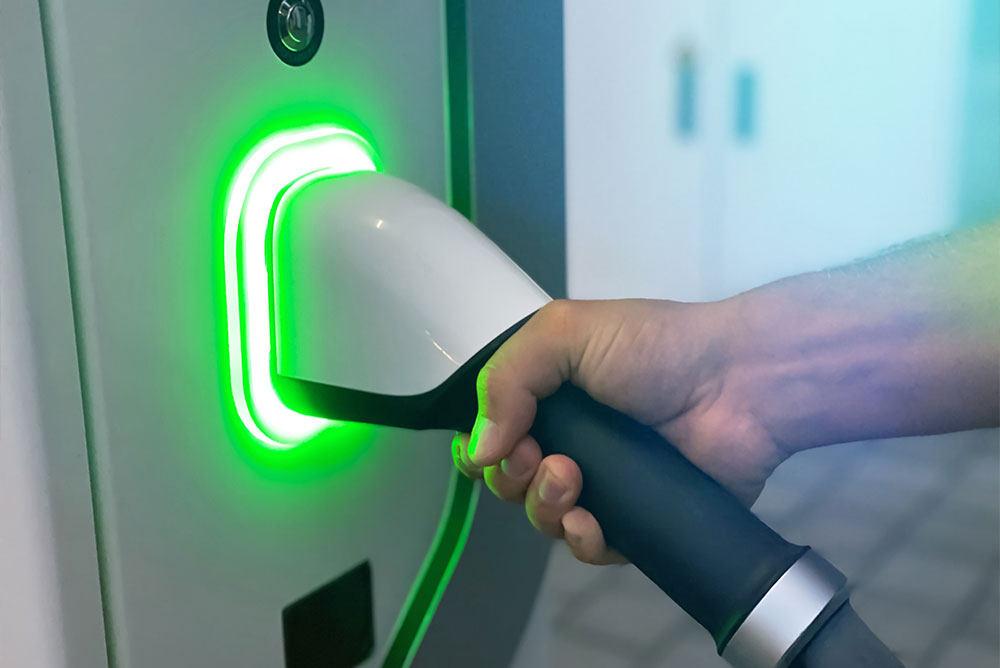How can the hesitant be changed?
28. April 2022

The boom in both production and sales of these new types of vehicles, which has been underway for the past two years, will certainly intensify. But there is still a “silent majority” in the population that is hesitant to decide in favor of an electric vehicle the very next time they buy a car. Which trends and which individual factors need to be strengthened in order to actually electrify Europe’s transport?
- As already mentioned: Only a broad supply of charging stations will counteract the primal fear of being stranded with a car. Individual providers will form groups. The major German automakers are also ready to facilitate charging with jointly operated charging stations and type-specific wall boxes. The prime example, as usual, is Tesla, which already offers 20,000 charging stations.
- Further developing the idea of networking bi-directional charging of e-cars, smart homes, and own power generation via photovoltaics etc. In combination with wallboxes and brand-specific charging stations, this will create a previously unattainable proximity of manufacturers to customers in the medium term. The increasingly widespread partnerships between car manufacturers and electricity suppliers are contributing to this.
- Charging at home without further ado has so far been reserved only for homeowners and residents of newer apartment buildings. Public charging stations in parking lots, on the other hand, have been very slow to expand. This is due to the uncertainty associated with leaving one’s car wired up in the city overnight. Even groundbreaking ideas like charging on lampposts do little to change this.
- However, this gap can be filled through corporate fleet policies. More and more companies are switching their fleets to electric cars to gain the benefits of low maintenance and lower operating costs. Charging on company campuses is also appealing to employees. Combining company cars with private cars is also on the rise, as are electric car-sharing services in major cities. The actual daily distances traveled in everyday life are far below the range of the batteries of almost all e-cars.
In the next article, we will look at other essential conditions. In addition to power generation, these include above all the batteries. Range, charging speed and rare earths are the key requirements for successful electrification.






















